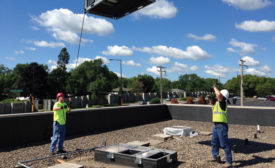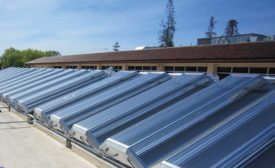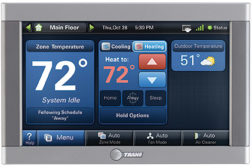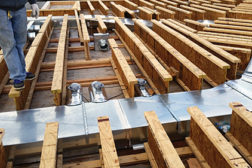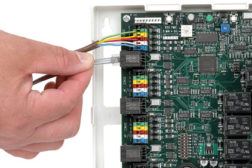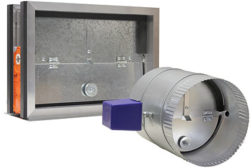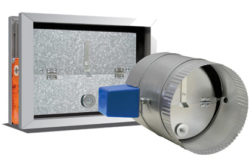Home » bypass damper
Articles Tagged with ''bypass damper''
Contractors discuss the regulatory and economic conditions of the cities they represent
Read More
Profiting on Climate Change — Regardless of Your View
Contractors are best served focusing on customer service
Read More
HVAC’s Next Wave of Game Changers
Smart, intuitive equipment leads the industry’s next generation
Read More
Zoning Embraces Role in the Connected Home Consumers Covet
Wi-Fi Controls, A La Carte Comfort
Read More
How to Sell HVAC Zoning
Keywords, Phrases, and Questions are Essential to Starting a Zoning Conversation
Read More
Copyright ©2024. All Rights Reserved BNP Media.
Design, CMS, Hosting & Web Development :: ePublishing
